What Nd Lens Filter For Eclipse ?
When it comes to photographing or observing a solar eclipse, using the right ND (Neutral Density) lens filter is crucial for both safety and image quality. The primary purpose of an ND filter in this context is to reduce the intensity of the sunlight, protecting your eyes and camera sensor from damage. In this article, we will delve into the specifics of choosing the appropriate ND lens filter for a solar eclipse, the importance of using such filters, and practical tips for both amateur and professional photographers.
Understanding ND Filters

ND filters are optical filters that reduce the amount of light entering the lens without affecting the color of the image. They are commonly used in photography to achieve various effects, such as allowing for longer exposure times or reducing depth of field in bright conditions. ND filters are rated by their optical density, which indicates how much light they block. For example, an ND2 filter reduces light by one stop, an ND4 by two stops, and so on.
Why Use an ND Filter for a Solar Eclipse?
The sun emits intense light that can cause permanent damage to your eyes and camera sensor if viewed or photographed directly. During a solar eclipse, the sun is partially or fully obscured by the moon, but the remaining visible light is still powerful enough to cause harm. An ND filter reduces this light to safe levels, allowing you to observe and photograph the eclipse without risk.
Choosing the Right ND Filter for a Solar Eclipse
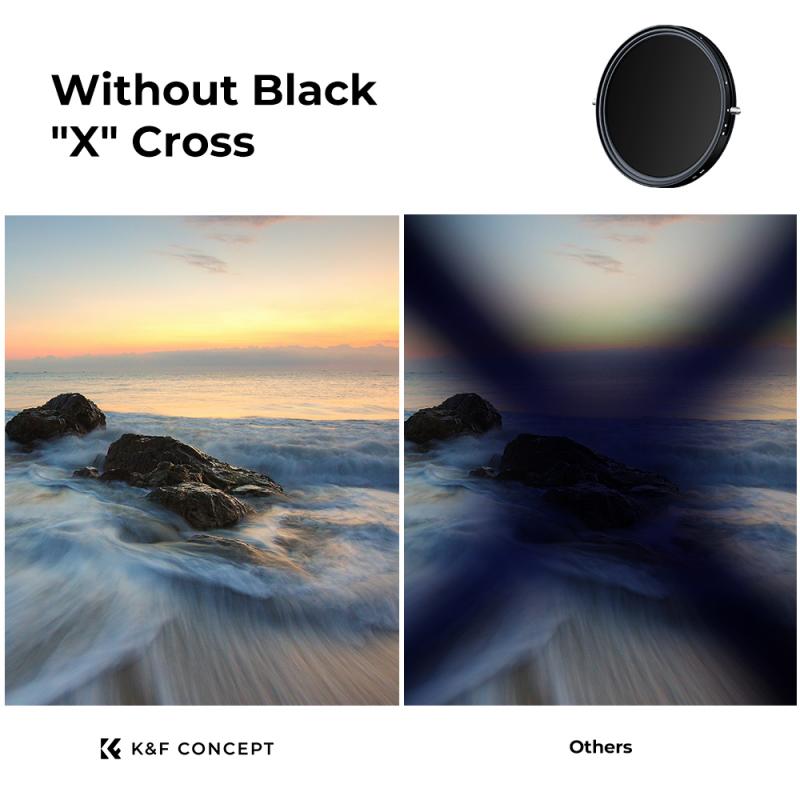
1. Optical Density: For solar eclipse photography, you need a filter with a very high optical density. Typically, an ND100000 filter (also known as a solar filter) is recommended. This filter reduces the light by 16.5 stops, making it safe to view and photograph the sun.
2. Quality and Certification: Ensure that the ND filter you choose is specifically designed for solar observation and is certified for safety. Look for filters that meet the ISO 12312-2 international safety standard for direct solar viewing.
3. Compatibility: Make sure the filter is compatible with your camera lens. ND filters come in various sizes, so you need to choose one that fits your lens diameter. Some filters are designed to be mounted directly onto the lens, while others may require an adapter.
Practical Tips for Using ND Filters During a Solar Eclipse
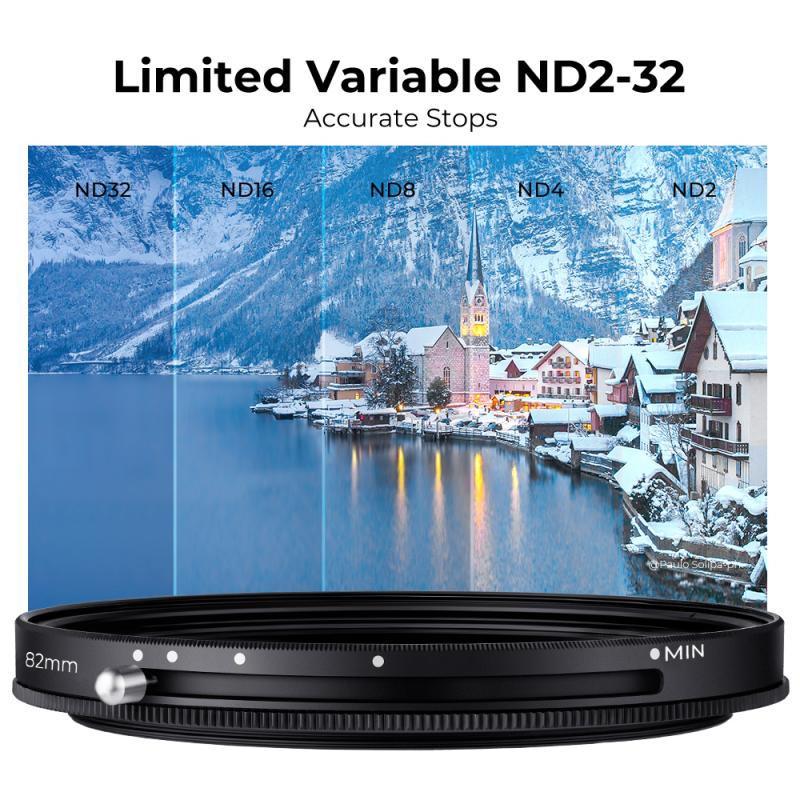
1. Preparation: Test your equipment before the day of the eclipse. Ensure that the filter fits securely on your lens and that you know how to adjust your camera settings for optimal results.
2. Camera Settings: Use manual mode to have full control over your exposure settings. Start with a low ISO (100 or 200), a small aperture (f/8 to f/16), and adjust the shutter speed to achieve the correct exposure. You may need to experiment with different settings to get the best results.
3. Focus: Achieving sharp focus can be challenging when using a high-density ND filter. Use live view mode to zoom in on the sun and manually adjust the focus until it appears sharp.
4. Safety: Never look directly at the sun through your camera's optical viewfinder, even with an ND filter attached. Use the camera's live view mode or an electronic viewfinder to compose your shots.
5. Timing: Plan your shots according to the different phases of the eclipse. The most dramatic moments occur during the partial phases and totality (if it's a total solar eclipse). Be ready to adjust your settings quickly as the light conditions change.
Post-Processing Your Eclipse Photos
After capturing your images, you may want to enhance them through post-processing. Here are some tips for editing eclipse photos:
1. Contrast and Brightness: Adjust the contrast and brightness to bring out the details of the sun's surface and the surrounding sky.
2. Color Correction: Depending on the filter used, your images may have a color cast. Use color correction tools to achieve a natural look.
3. Sharpness: Apply sharpening selectively to enhance the details of the sun and any visible solar phenomena, such as sunspots or solar flares.
4. Composite Images: Consider creating a composite image that shows the different phases of the eclipse in a single frame. This can be a powerful way to tell the story of the event.
Photographing a solar eclipse is a unique and rewarding experience, but it requires careful preparation and the right equipment. Using a high-density ND filter is essential for protecting your eyes and camera while capturing stunning images of this celestial event. By understanding the properties of ND filters, choosing the right one, and following practical tips for shooting and post-processing, you can create memorable and safe photographs of a solar eclipse.
Remember, safety should always be your top priority when observing and photographing the sun. With the right precautions and techniques, you can enjoy the beauty of a solar eclipse and share your experience through breathtaking images.





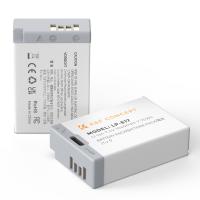


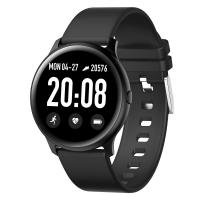

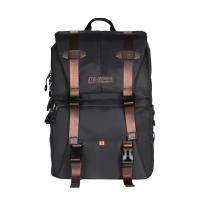
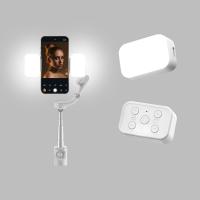
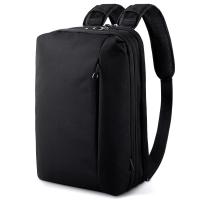

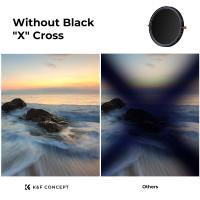
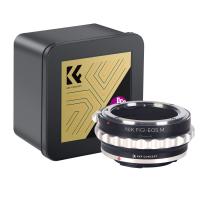
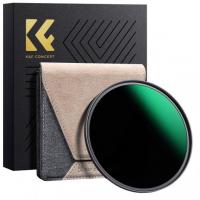

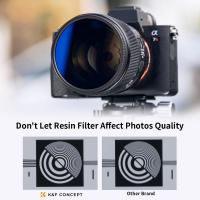



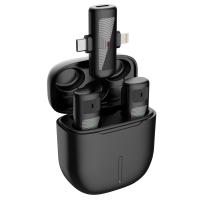
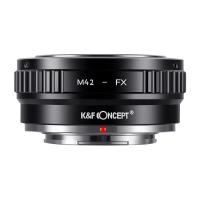
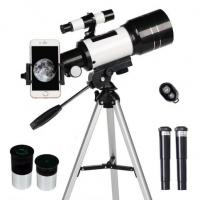
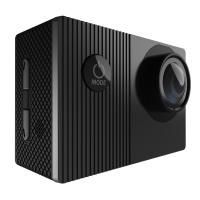
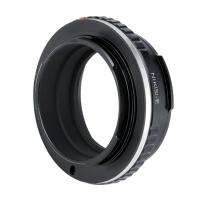

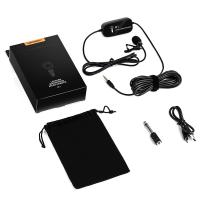

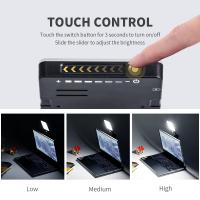

There are no comments for this blog.